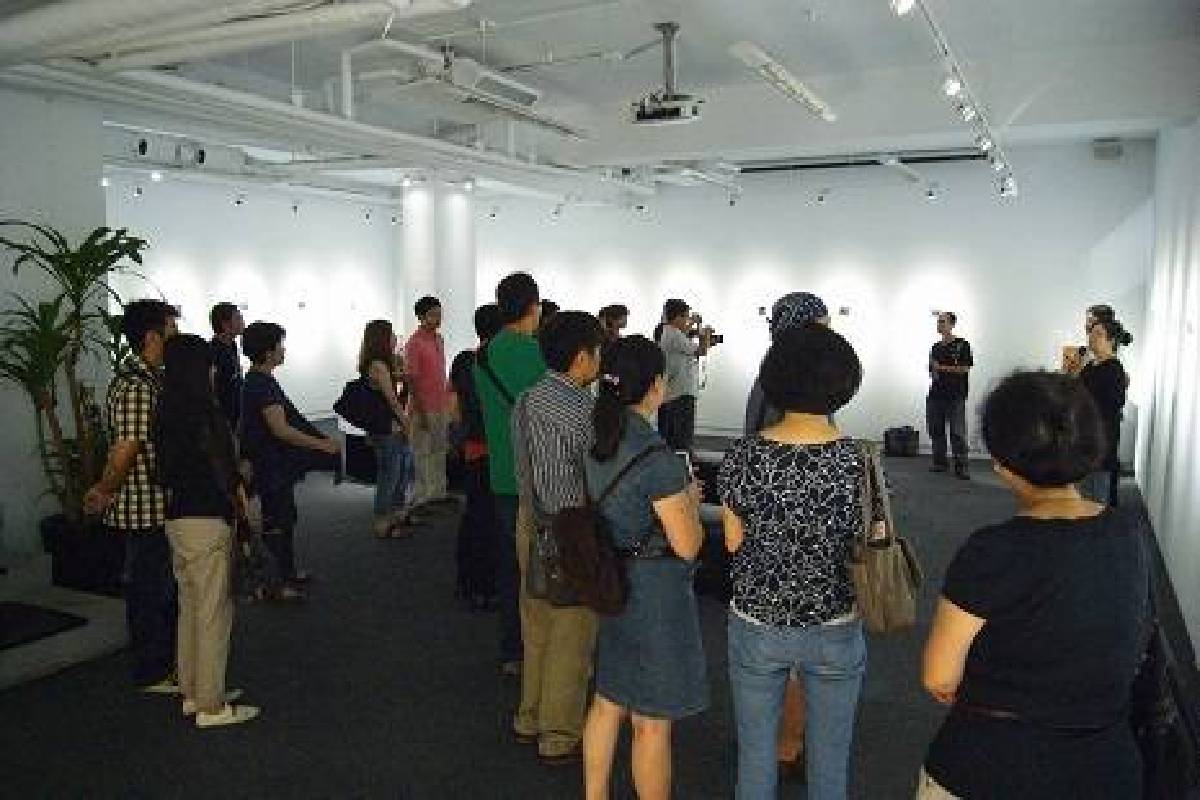1839 當代藝廊
【 濕而復得 】楊文卿濕版攝影展

-
展期
日期:2011-09-17 ~ 2011-10-16
-
地點
1839當代藝廊 (台北市大安區延吉街120號地下樓)
-
與談人:
蕭永盛 (美學書坊負責人)
邱奕堅(東方設計學院文化創意研究所助理教授)
楊文卿(自由攝影 / 大學攝影兼任講師)
濕版火棉膠攝影術(Wet Plate Collodion Process),俗稱的玻璃版底片。源起於1851年,英國人,弗雷德里克‧斯科特‧阿伽(Fredrick Scott Archer 1813~1857 ),把火棉膠(Collodion)應用在攝影術上, 此法所產生的影像在花費上,影像的清晰及穩定性上大大優於達蓋爾銀版攝影術(Daguerreo type)及卡羅攝影術(Calotype)成為當時的攝影主流。在攝製過程中攝影者從感光層(片基製作),拍攝,顯影,定影,水洗都需在玻璃版濕潤的情況下完成,濕版攝影因此得名。
此次展出的作品嚴格上是對此攝影術的初體驗, 內容上以靜物為主,讓日常生活中被棄置的物件,藉由濕版的影像特性賦與新的生命,沒有任何一張濕版作品是相同的(感光層的塗佈,溫度,操作過程都是變因),無法預期的拍攝成品是此攝影術最大的挑戰與迷人的地方。在數位影像充斥的今日,希望藉由此“手工藝”啟發不同的影像思維。
Wet plate collodion process, commonly known as glass film photography, was originated in 1851 by Fredrick Scott Archer (1813–1857), an Englishman who applied collodium to photography. In terms of cost, clarity and stability, the images produced by the wet plate method were superior to the daguerreotype or the calotype, which helped the wet plate technique become mainstream. From the process of producing the film base (light-sensitive layer) to shooting to developing, fixing and washing, all procedures must be done when the glass plate is wet, hence the name.
Strictly speaking, the works for this exhibition represent my first experience in wet plate collodion photography. They are images of still life, namely abandoned objects from our daily life. The characteristics of wet plate photography seem to have given them new vitality. No two wet plate photos are the same, as the coating of the light-sensitive layer, the temperature and processing vary from shot to shot. The unpredictability of the results of this type of photography is the biggest challenge, and also what makes it fascinating. In today’s digital world, this “craft” just might inspire a different way of thinking about images.





